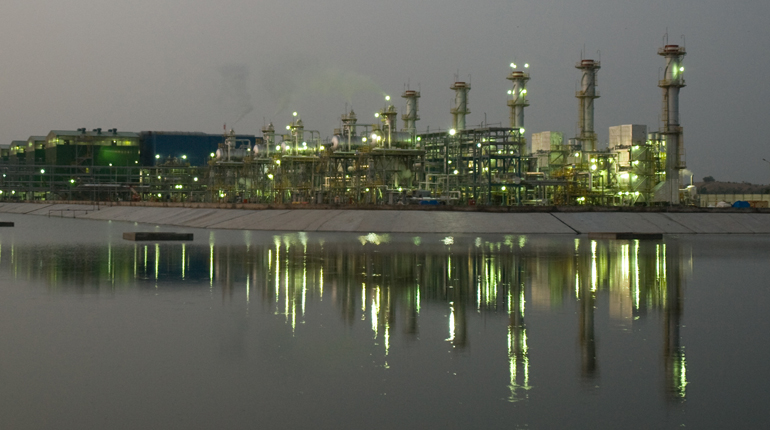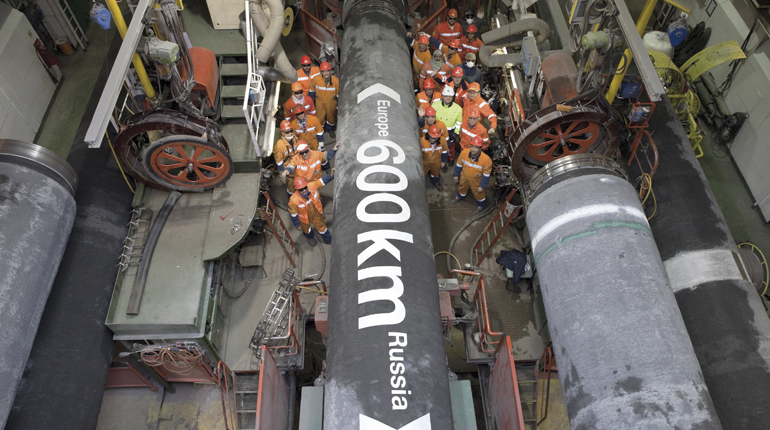Reaction muted to India’s new E&P; policy
India has introduced regulatory reforms to production and pricing, but without major new discoveries it will still struggle to attract international players.
 The Mangela oil processing terminal in Rajasthan. India needs to expand its fossil fuel reserves. (Cairn Energy)
The Mangela oil processing terminal in Rajasthan. India needs to expand its fossil fuel reserves. (Cairn Energy)
India has updated its oil and gas exploration policy with new reforms on energy production and revenues. But the recent consultation released by the petroleum ministry has failed to elicit much optimism from the industry – nor is it expected to make enough of an impact to attract potential investors.
Auctions under the current New Exploration Licensing Policy (NELP) over the past few decades have been beneath expectations in terms of production and government revenues, Siddharth Singh, research associate at The Energy Research Institute (TERI) in New Delhi, told Interfax. Private players have consistently stayed out of the country for a variety of reasons, not least the lack of proven gas reserves, he said.
"We don’t have a lot of significant fossil fuel reserves in the country. So regardless of the contractual framework, you’re unlikely to see production growth match consumption growth going forward," Singh added.
New Delhi auctioned 69 marginal fields owned by state-run Oil and Natural Gas Corp. this year in a bid to increase output and make up for India’s acute gas shortfall – which is especially bad in the power sector. Major gas-to-power projects have been idling or operating at inefficient power load factors of less than 35%.
In September, the petroleum ministry proposed freedom in the pricing and marketing of gas from these 69 fields to make them more attractive to potential explorers. This month, the government expanded its hydrocarbons policy to include petroleum and unconventional gas.
The three key areas of reform include instituting a uniform licensing policy; putting in place a revenue-sharing contractual framework (as opposed to the previous profit-sharing framework); and extending the gas pricing freedom first proposed in September.
Pricing and marketing
According to a Bengaluru-based economist who works on energy policy issues, the government is facing an annual shortfall of 22 billion cubic metres – a good reason to reconsider pricing and marketing policies for the 69 marginal fields.
But the new policy will not help, she warned. By law, power and fertiliser companies cannot pass their gas costs on to their customers as they are subsidised by the government. Any increase in gas pricing is likely to hurt the government’s fiscal position.
To meet the 22 bcm shortfall, the government will need a price of more than $5.4/MMBtu, the economist added. The current formula-based price is $4.24/MMBtu, according to its latest revision. Deep-sea projects will require a greater price increase, to about $7/MMBtu, while ultra-deepwater projects will need more than $10/MMBtu to be viable.
"The government needs to stagger its pricing goals considering its medium-to-long-term gas needs, starting with the cheaper fields and then going on to the deep and ultra-deep water fields in a planned manner," the economist said.
The September resolution for marginal fields requires a percentage of the gas to be priced according to last year’s formula, but details on the proportion that will fall under formula pricing have yet to be announced. Singh expects some pushback from the Ministry of Finance on any proposal that will significantly increase gas prices, as this would also increase the subsidy bill.
The uniform licensing policy will replace the current NELP and CBM regulations, enabling a contractor to explore for all types of hydrocarbons including "CBM, shale gas/oil, tight gas, gas hydrates and any other resource to be identified in the future to fall within the definition of ‘petroleum’ and ‘natural gas’".
Singh said this is a positive step as it means companies can explore for any type of fossil fuel they find in their allocated block, as opposed to needing separate approvals for each type.
But his optimism is limited. "It makes sense to make the [extraction] process more streamlined and efficient. But again, this is a geophysical problem and, at the end of the day, we just don’t have enough of these resources in the country," he added.
According to estimates by TERI in its Energy Security Outlook for 2015, given current trends in supply and demand – and assuming the implementation of current policy commitments – India’s dependence on imported gas is likely to rise to 60% of total consumption by 2030, as opposed to close to 20% at present. Current policy changes will not do much to mitigate this, Singh said.
The lack of fossil fuel reserves, coupled with the domination of government players, means the industry will remain unattractive to both domestic and international private firms, Singh told Interfax. Most companies are free to invest in fields in other parts of the world that hold much more promise in terms of reserves and ability to make profits. And low global gas prices mean it is unlikely international players will find investing in Indian fields attractive.
Liked this article?
Sign up for exclusive, accurate and up-to-date natural gas news, analysis and intelligence, with global coverage of every phase of the gas chain.
By logging in or signing up for a free trial, you are agreeing to our terms and conditions, privacy policy and cookie policy.







